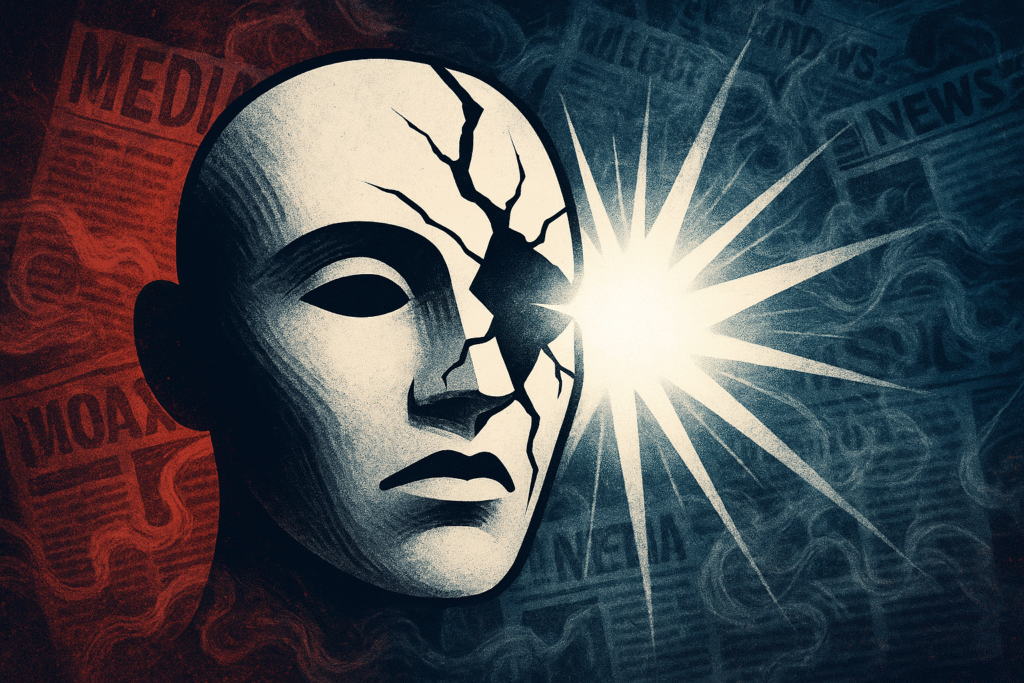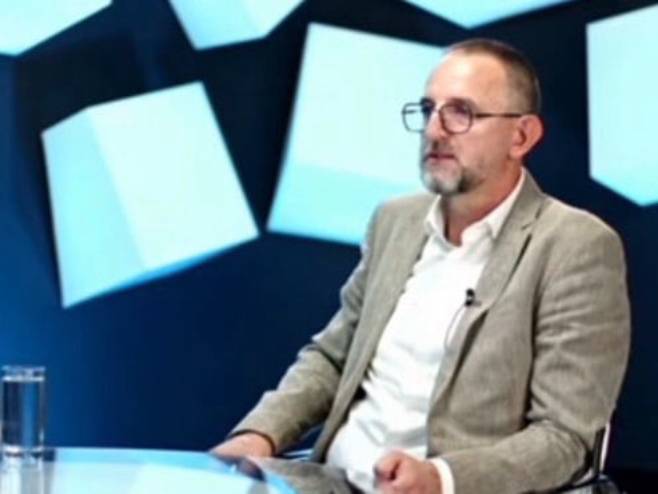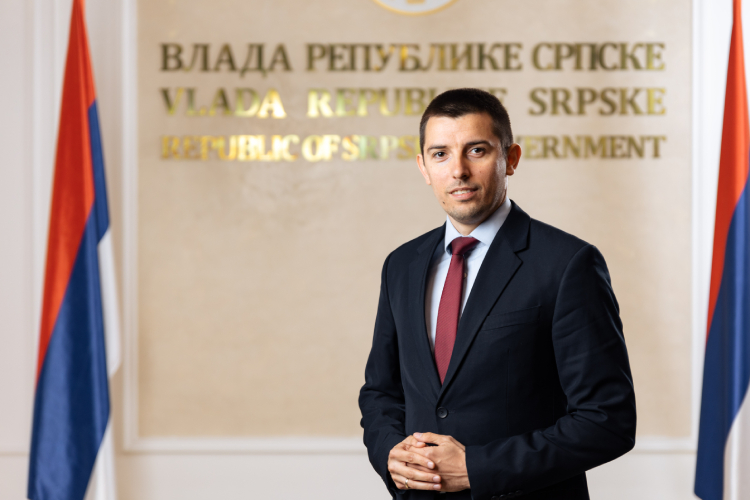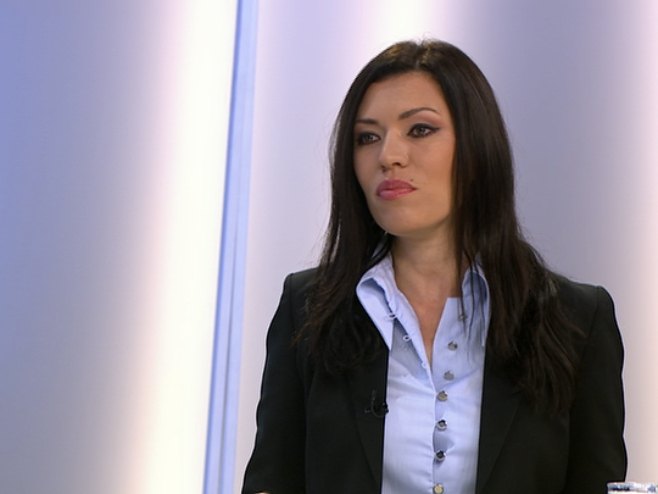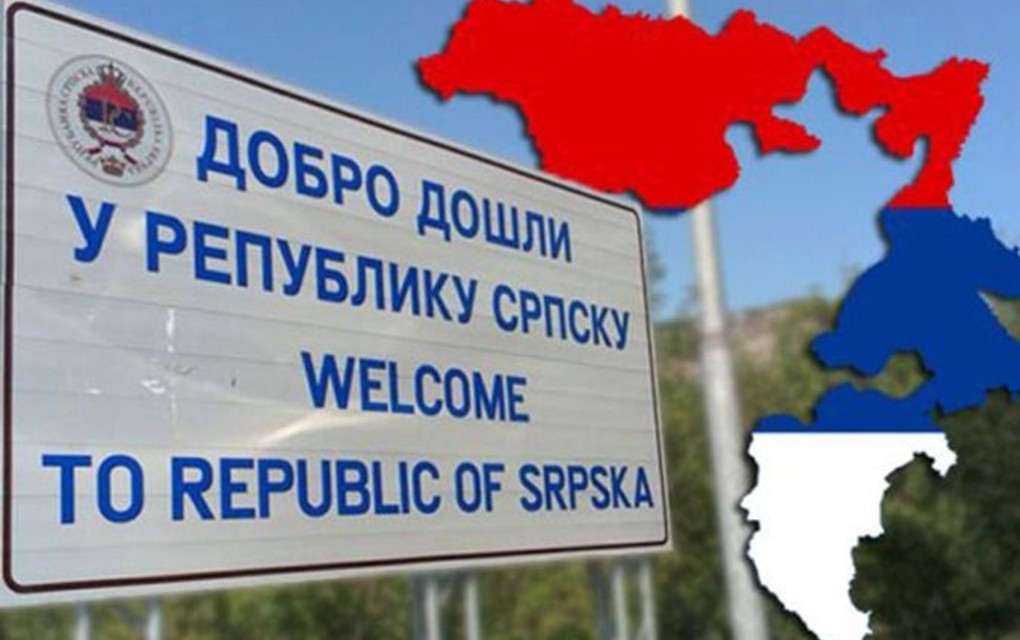Deacon Božidar Vasiljević, East Sarajevo
Attacks on the Patriarch of the Serbian Orthodox Church, His Holiness Porfirije, in German and other media, are lies of the worst kind. They spread false information intended to undermine the religious identity of the Serbian people, the main shield against external attacks. Foreign media and their local allies provide the space in which illusions flourish. The attacks on Serbia and Republika Srpska manifest in the dehumanization of the President of Serbia, the President of Republika Srpska, and Patriarch Porfirije.
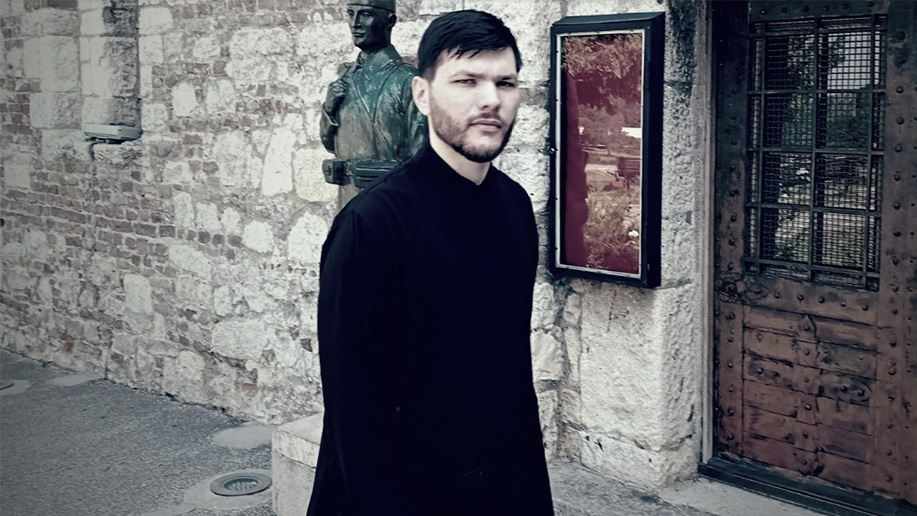
Illusions are part of human experience. Most of the time, they go unnoticed. They are not merely errors of perception, but a means of giving order to reality and coping with uncertainty. They can provide meaning and foster community, yet just as easily, they can turn into traps in which the connection to truth is lost. In modern society, illusions appear not only in the thoughts of individuals but also in ideologies, propaganda, and media images that shape entire communities.
In the digital age, this effect goes even further — illusions often replace reality and create virtual worlds that appear more convincing than the real one. This form of political illusion is not the inner strength Viktor Frankl described in the camps when he imagined teaching students to endure death.
“Today’s illusionists act repressively, compulsively, and violently toward those who think differently.”
Deception in this sense is a component of human existence. It is not merely an error but also a way of turning chaos into order. In Serbia, however, the opposite is happening today. The illusions of a small minority generate chaos amid an existing order. Daniel Kahneman has shown that the human mind seeks quick and convincing narratives, even when facts are missing. Illusions can therefore be constructive, yet just as easily misleading. It is precisely this dual effect that allows shadow ideologists, under the label of a “student movement”, to conceal facts and reduce Serbia, as well as the Serbian Orthodox Church, to nothing more than an “oppression apparatus of Aleksandar Vučić.”
Current developments show that the illusions of this destructive minority, amplified by mass media, damage the collective consciousness far more than the deception of a single psychopath who murders schoolchildren. Even more destructive for the mental health of the population are those movements and associations that incite violence in the streets.
“The world is my representation,” cry the illusionists in the country.
They know that what we call reality is always filtered through our cognitive patterns and interests. Therefore, there is neither alibi nor excuse for the deliberate attempt to destroy the Serbian people. Illusion, in this sense, is not a defect but a medium that conveys experience. Kierkegaard described in The Sickness Unto Death despair as the persistent clinging to an untruth about oneself and warned of the paralysis that self-deception represents for freedom and authenticity.
Serbia Between Truth and Deception
The situation in Serbia is catastrophic. The cause is not only corruption, which cannot be eliminated simply by a change of government. Worse is the influence of oligarchs and media corporations that exploit the will of the people and the youth of the country for political purposes. Democratic ideas can be helpful if they provide orientation and foster solidarity. They become dangerous, however, when they harden into rigid dogmas and lose all capacity for correction.
The cheap illusions of popularity among certain former politicians, clergymen, and pseudo-theologians are part of a mission of defamation. At the same time, they represent a phenomenon that is both malignant and trivial.
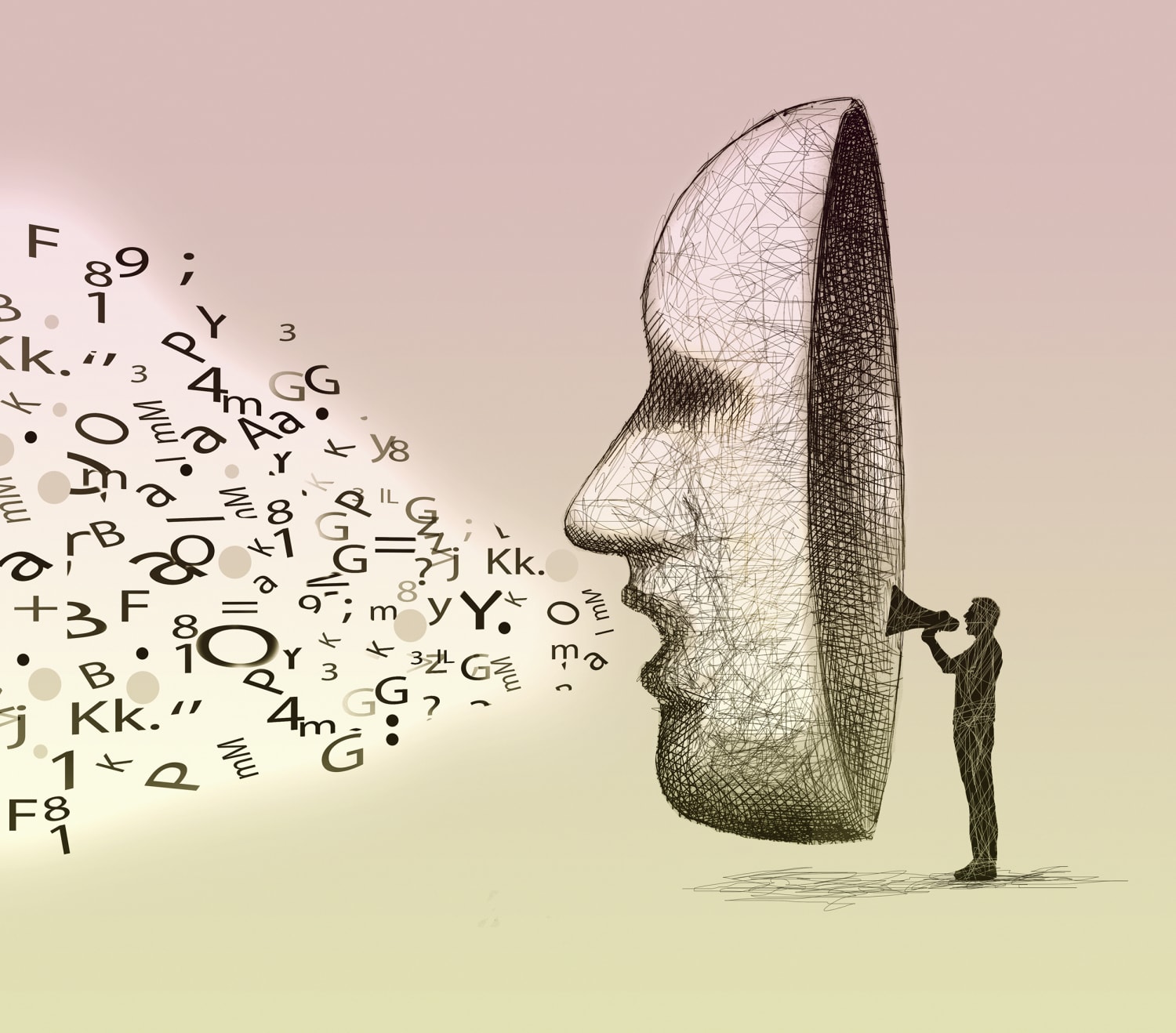
In contrast stands the Jewish people. They show, through their profound connection between faith and culture, how even in the most desperate moments of a nation, consciousness and culture can serve both God and community. Small illusions, like white lies, can reduce fear and uncertainty. Yet the same mechanism can obstruct authenticity and peace.
“Evil arises when trivialities are placed at the center and conceal the decay of a nation.”
Kierkegaard pointed out that illusion becomes self-deception when a person persistently clings to a comfortable but false self-representation. From this arises despair. Life may appear ordered, but it is deprived of truth. This describes the current reality of Serbia. The self-deception of individuals grows into a collective image of despair, presented before the world.
The history of the Jewish people demonstrates particularly clearly how dangerous it is when a nation is dehumanized through illusions, lies, and propaganda. From rumors, conspiracies, and caricatured enemy images ultimately arose the Shoah. And yet: from this abyss, the Jewish people were able to establish the State of Israel — a living testimony that survival is not achieved through self-deception but through sacrifice, faith, and cultural continuity.
Serbia can recognize a model in this: truth, identity, and loyalty must be stronger than illusions imposed from outside.
Psychologists such as Michael Shermer explain that the mind covers dissonances with incomplete but convincing narratives. On a personal level — protection; on a societal scale — ideology, myth, and media distortion. German media and Serbian illusionists make this into an allegedly permanent reality that renders Serbia powerless.
Europe in the Mirror of the Serbian Experience
Modern society amplifies illusions through propaganda, media, and technology. Jacques Ellul defined propaganda as an infrastructure that shapes the thinking patterns of entire societies. The well-known Goebbels matrix is today used as a case study and serves as a means to terrorize the Serbian state.
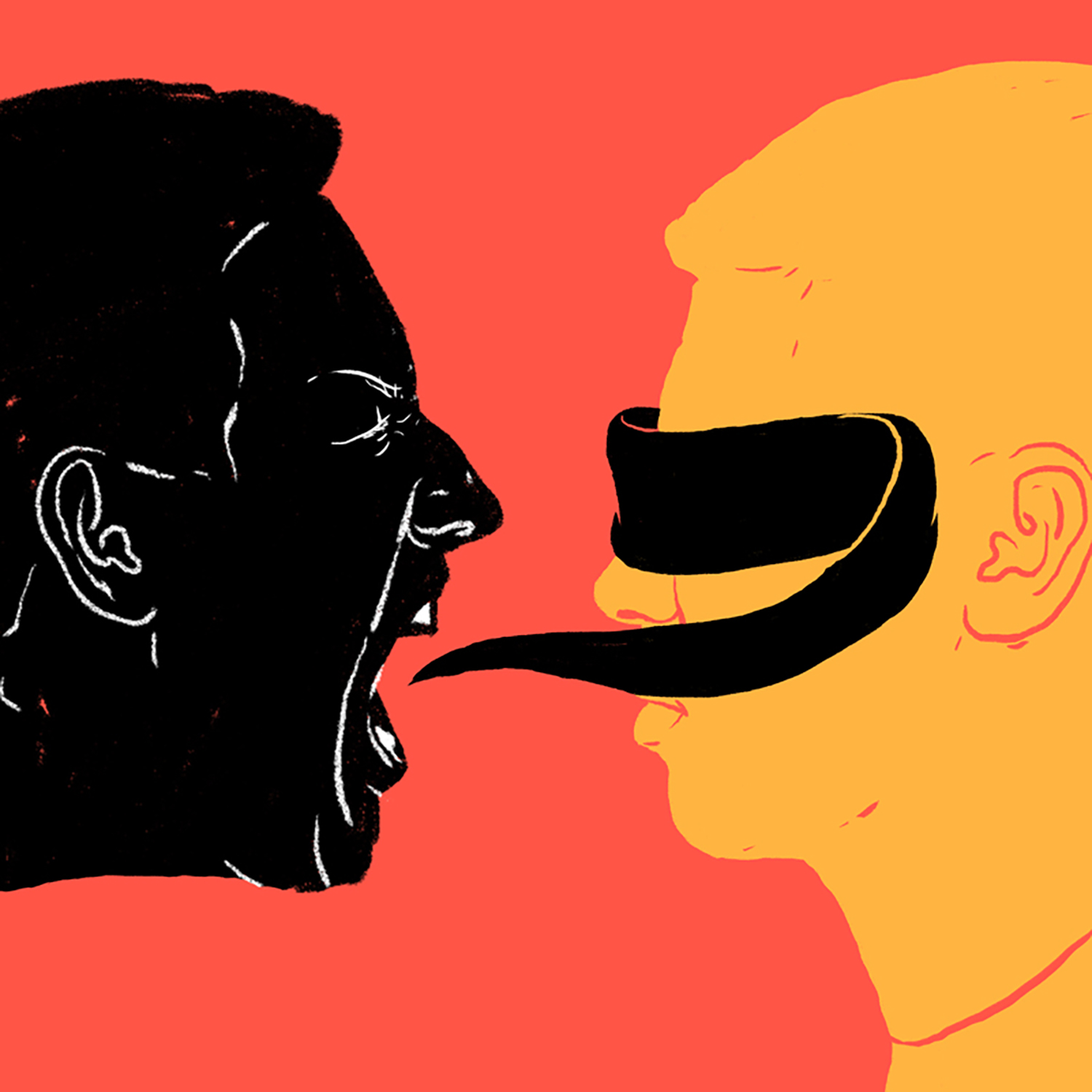
Mass media function as filters that determine what becomes visible and what remains hidden.
“Attacks on the Patriarch … are lies of the worst kind.”
They spread false information intended to undermine the religious identity of the Serbian people — the main shield against external attacks. Foreign media and their local allies provide the space in which illusions flourish.
Hyperreality has become the most important resource in the attention economy. Reputation is the currency by which the value of people and institutions is measured, as Jean Baudrillard wrote. The attacks on Serbia and Republika Srpska manifest in the dehumanization of the President of Serbia, the President of Republika Srpska, and Patriarch Porfirije.
Previously, illusions were tied to religious or political dogmas. Today, they operate through mass communication channels and digital systems that systematically destroy individuals and institutions. Those who believe such narratives — that justify violence and discrimination — may feel morally justified. Yet this is precisely why they are more dangerous than individual psychopathic acts.
The methods currently tested in Serbia are part of a broader European pattern. Nations that refuse to give up their identity are subjected to the same mechanisms:
- demonization in the media
- defamation of religious authorities
- dehumanization of elected leadership
Those attacked today in Belgrade or Banja Luka will find themselves tomorrow in Warsaw, Budapest, or even Jerusalem.
“Serbia is therefore not an isolated case but a mirror of a European and global trend.”
Traditional, resistant nations are to be broken — not through overt violence, but through the creeping power of illusion.
Hyperreality and spectacle create an environment in which the truth about Serbia becomes secondary. The visible and attractive gain the power to shape the international image. Freud emphasized that illusions can alleviate anxiety and provide meaning. Yet at the same time, they obscure the truth and prolong injustice.
Nietzsche observed that people prefer illusions to truth because truth requires courage and is painful.
Serbia must defend itself.
Like the Jewish people, the Serbian people have shown that survival is not secured by illusion but through sacrifice, even at the cost of existence.
In postmodern theory, the term simulacrum describes signs that no longer refer to reality but create their own reality.
Such simulacra serve in Serbia as a modern weapon against institutions and individuals.
People face the constant challenge of distinguishing:
- reality from construction
- truth from lie
- good from evil
“When self-deception and illusion turn into hatred and destruction toward others, evil becomes incarnate and emerges as the inhuman.”
Therefore, understanding the situation in Serbia is crucial. It demands vigilance, clear rejection of propagandistic illusions, and constant self-examination. Externally controlled media systematically spread discrediting and lies. Technological infrastructure amplifies this effect. Algorithms make illusions interactive and personalized.
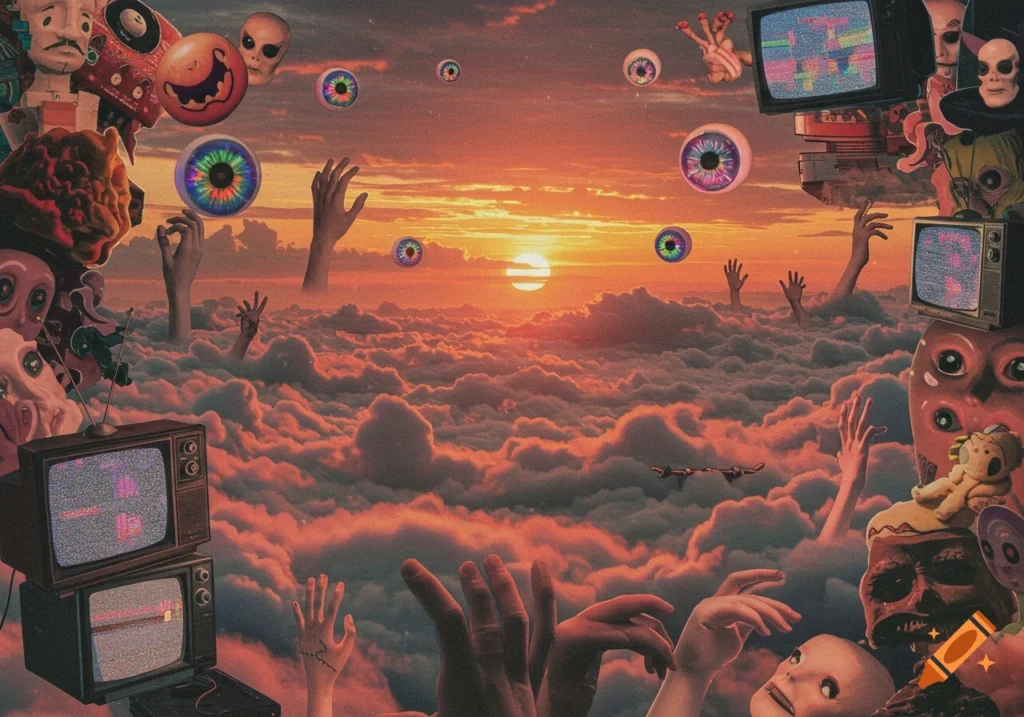
Media and technology shape the entire experience of reality. They determine how people understand the world, interpret good and evil, and assume social roles.
Anyone seeking to understand the situation in Serbia must also recognize the methods of defamation directed at the highest authorities of the country. Only in this way can resistance to modern media infrastructures be developed. The negative consequences are tangible for the Serbian people. At the same time, this experience provides an example of the functioning of modern propaganda. It is not a temporary phenomenon but a permanent condition of life in our time.
Source: Jüdische Rundschau



